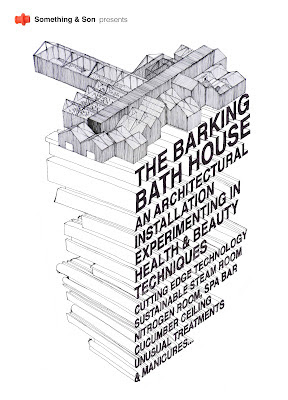An Accident Looking for Somewhere to Happen by Fiona Curran, St Mary's Church
Art Across the City, Swansea's programme of public realm commissions, opens this weekend and will run until 11th November.
The programme is organised by LOCWS International and includes five new temporary commissions by artists including Fiona Curran (pictured above...her work was last seen at Tatton Park Biennial 2010), Joanne Tatham & Tom O'Sullivan, David Blandy, David Marchant and Jock Mooney.
The show will also include earlier commissioned temporary works by Sean Puleston and Rik Bennett (shown below) for the Art Across the High Street programme and is complemented by a number of permanent commissions by Bristow Lloyd, Mark Folds, Bermingham & Robinson, Niamh McCann and Bedwyr Williams - see images below.
Sean Puleston's commission for Art Across the High Street
Lionheart & Lightsout by Bedwyr Williams, The Kingsway
The British Empire Panel Project, Bermingham and Robinson, The Brangwyn Hall
You can download a full brochure here: http://locwsinternational.com/wp-content/uploads/locwsadmin/AATC2012brochure.pdf










































